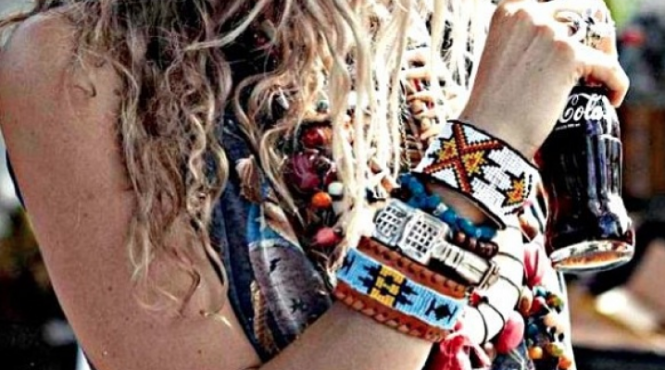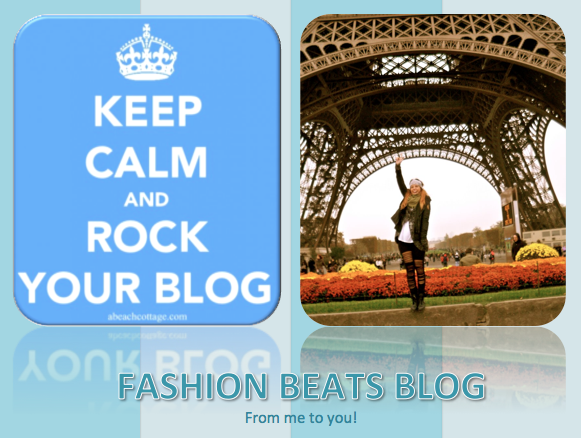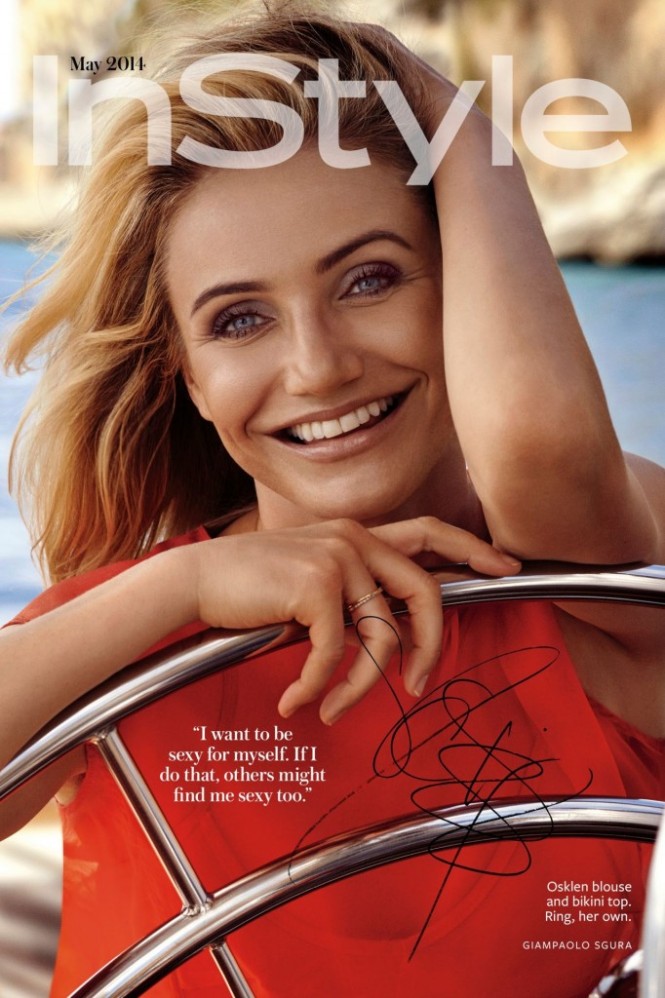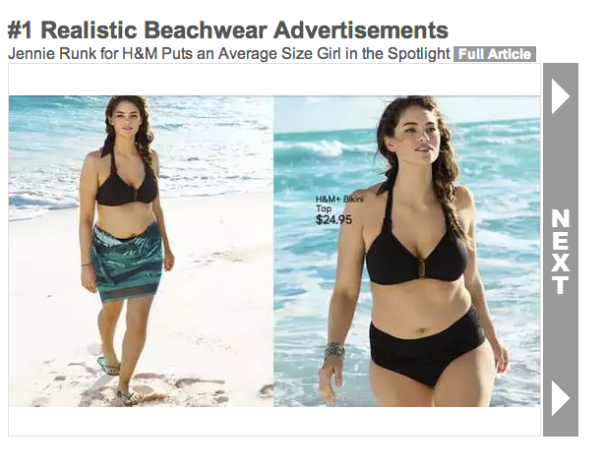She was in fifth grade and consumed by her weight loss obsession. Because of this destructive fixation, her doctors diagnosed her with depression at the age of 10. Her poor body image resulted in years of self-loathing. Bailey Hurley’s downward spiral began when her classmates started to tease her. The feeling of being larger than her peers revolted her. “I would turn the mirror in on the medicine cabinet so it would give me the illusion my body was skinny,” says Hurley. She blamed her overweight parents for supplying an immeasurable amount of junk food. The constant comparison of her body to the girls in magazines manipulated her perception of beauty. For Hurley, beauty was defined by the number on the scale.
Society has cultivated a generation of young women who believe they have to resemble women on magazine covers. Critics believe America has forsaken the realistic representation of women in the media. Contrary to popular belief, research in the last three decades challenges this assumption. The Dove Campaign for Real Beauty is an example of an effort being made to overcome industry prejudice. However, digital manipulation and the utilization of underweight and extremely thin models or actresses still exist. The use of underweight models, especially in runway fashion, is considered an “industry standard.” This benchmark inhibits the minds of young women. The idea of an “industry standard” has paved the road for increases in anorexia and bulimia. Doctors of Philosophy, Lexie and Lindsay Kite write about ‘taking back beauty for females everywhere’ on beautyredefined.net. “While representations of women’s bodies across the media spectrum have shrunk dramatically in the last three decades, rates of eating disorders have skyrocketed”, according to their recent article, Photoshopping: Altering Images and Our Minds.
A recent issue of Seventeen magazine received a lot of criticism for their February cover. Actress Troian Bellisario was commended for the acknowledgement of her eating disorder and the steps she has taken toward recovery. However, in the bottom right corner of the issue read the caption, “Get an Insane Body- It’s Hard, But You’ll Look Hot!” This caption does not provide any inclination that the aforementioned weight loss method is healthy. These two articles indirectly contradict one another, misleading readers.
While magazines covers and the media have a strong impact on young minds, Disney movies and cartoon princesses alter the perception of beauty for adolescents as well. Disney princesses have undergone lots of ridicule because some critics believe they are setting unrealistic standards for young girls. Snow White and the Seven Dwarfs portray Snow White, “in her best character when she is unconscious as an inanimate object. When she is awake and alive, she gets herself into trouble,” according to Cracked, a podcast recorded by Jack O’Brien, Jason Pargin and Kristi Harrison. Snow White represents a vulnerable, naïve and helpless girl whose sole survival depends on her beauty. We acknowledge these misrepresentations and make little effort to transcend them.
Recent controversy regarding Abercrombie & Fitch’s CEO, Mike Jeffries, made national headlines. Jeffries is a shining example of someone who believes in the industry standard. Jeffries raised eyebrows when he informed the public that selling clothes to thin, young and attractive individuals was his ultimate goal. Abercrombie & Fitch Corporation and its subsidiaries abide by the beliefs of their CEO. Their garments in direct correlation with sizing are exceptionally smaller than the norm.
Comedians like Ellen DeGeneres poked fun at the absurd sizing standards the company has established. Mary Briggman, former model for Abercrombie & Fitch, takes on a different perspective. “If the CEO’s goal is to direct his clothing line to a certain, small market segment, as controversial as it may be, then he has that right.” In contrast to Jeffries, not everyone in the fashion industry feels this way. “Beauty can be found in any size or age group. All individuals have the right to model even if they don’t fit the prototype,” says Buffalo designer and photographer Stephen Bales.
Specialist in body image, Kristi Smith of Williamsville, says many of her patients struggle with, “the inability to compete with unrealistic standards.” Unrealistic standards are absorbed through an individual’s surroundings, their environment, the media and idealistic representations like runway models. Smith attributes poor body image primarily to the environment. If a mother constantly puts herself down, her daughter, coexisting in the same environment, will likely do the same. For Hurley, poor body image developed because of her classmates’ verbal abuse. Years later, skinnier and healthier than before, Hurley consistently thinks about her weight. Smith works with individuals struggling with eating disorders such as Hurley’s in an effort to increase morale and foster positive thoughts in stimulating higher self-esteem.
A preconceived notion is engrained in young minds on how you are supposed to look. Hurley let herself be characterized by the number on the scale. Like millions of individuals, she did not consider herself beautiful. Smith assures patients that by seeking help through therapy, inhibitions can be overcome. People like Jeffries put a number on the scale. However, no individual has the right to define what is and what is not beautiful. The encouragement of positive body image, confidence and therapeutic support can take away the stigma of what beauty has become. Inevitably, a scale cannot measure beauty because something intangible cannot be measured.











